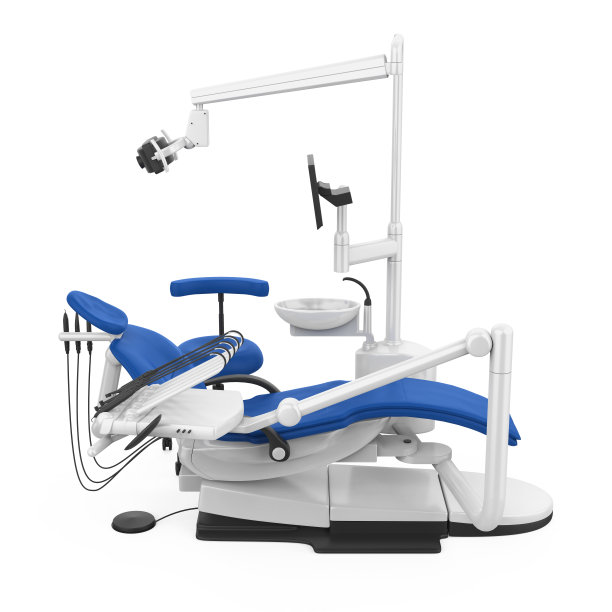The Essential Guide to Preparing for Tooth Extraction and Ensuring a Smooth Recovery Process
Summary: Preparing for a tooth extraction can be a daunting experience, but understanding the steps involved can make the process smoother and less stressful. This guide focuses on four essential aspects: pre-extraction preparations, the extraction procedure, post-extraction care, and potential complications. Each of these areas plays a vital role in ensuring not just a successful extraction but also a comfortable recovery. By following these guidelines, patients can minimize anxiety and promote effective healing, ultimately restoring their dental health.
1. Essential Preparations Before Tooth Extraction

Before undergoing a tooth extraction, patients should have a thorough consultation with their dentist. This initial step is crucial in assessing the reason for the extraction, understanding the procedure, and discussing any concerns. The dentist will also review the patients medical history, including any medications currently being taken, which can influence the extraction process.
Additionally, patients should follow any pre-operative instructions provided by the dentist. This might include dietary recommendations, such as fasting or avoiding certain foods and drinks. Its essential to arrange transportation to and from the dental office, especially if sedation is used, as this will ensure a safe return home.
Lastly, preparing mentally for the procedure can reduce anxiety. Visualization techniques or using relaxation practices such as deep breathing can help patients feel more in control and less apprehensive about the extraction process.
2. Understanding the Extraction Procedure
The tooth extraction procedure typically begins with administering local anesthesia to numb the area around the affected tooth. This step is fundamental to ensure that the patient feels as little discomfort as possible during the extraction. In some cases, sedation may also be recommended to help patients relax.
Following anesthesia, the dentist will use specialized instruments to loosen and remove the tooth from its socket. It’s a straightforward process; however, each case can vary based on the tooths position and condition. Patients should remain still during the procedure while the dentist works efficiently to minimize the time in the chair.
Once the tooth is removed, the dentist will provide instructions on managing bleeding and care for the extraction site. It’s essential to follow these guidelines strictly to promote healing and reduce the risk of complications.
3. Care and Recovery After Extraction
Post-extraction care is vital to ensure proper healing. Patients will typically receive aftercare instructions, which may include resting for the first few hours after the procedure. It’s important to avoid strenuous activities that could lead to complications like increased bleeding or swelling.
Managing pain and swelling is also integral to a smooth recovery. Over-the-counter pain medications recommended by the dentist can help alleviate discomfort, while applying a cold compress to the cheek can reduce swelling. Patients should be conscious of their diet during the recovery phase, opting for soft foods and avoiding hot or spicy items that may irritate the extraction site.
Additionally, maintaining good oral hygiene is necessary, albeit with caution. Patients should avoid brushing the extraction site vigorously for several days to prevent dislodging the blood clot, which is crucial for healing. Following these guidelines can effectively promote a successful recovery.
4. Recognizing Potential Complications
While most tooth extractions are straightforward, there can be complications that patients should be aware of. One notable risk is dry socket, which occurs when the blood clot at the extraction site dislodges or fails to form. This condition can lead to increased pain and requires prompt treatment from a dentist.
Other potential complications include infection at the extraction site or excessive bleeding. Recognizing the signs of these complications, such as prolonged pain or fever, is essential for timely intervention. It’s recommended that patients maintain communication with their dental team post-extraction, reporting any unusual symptoms promptly.
Patients should follow up with their dentist as advised to ensure proper healing and address any arising concerns. Adhering to these precautions can greatly minimize the likelihood of complications and support overall recovery.
Summary:
In conclusion, preparing for tooth extraction involves thoughtful preparation, a clear understanding of the procedure, attentive care during recovery, and an awareness of potential complications. Each of these elements is crucial in facilitating a positive experience, making it essential for patients to be well-informed and proactive in their dental health journey.
This article is compiled by Vickong Dental and the content is for reference only.



